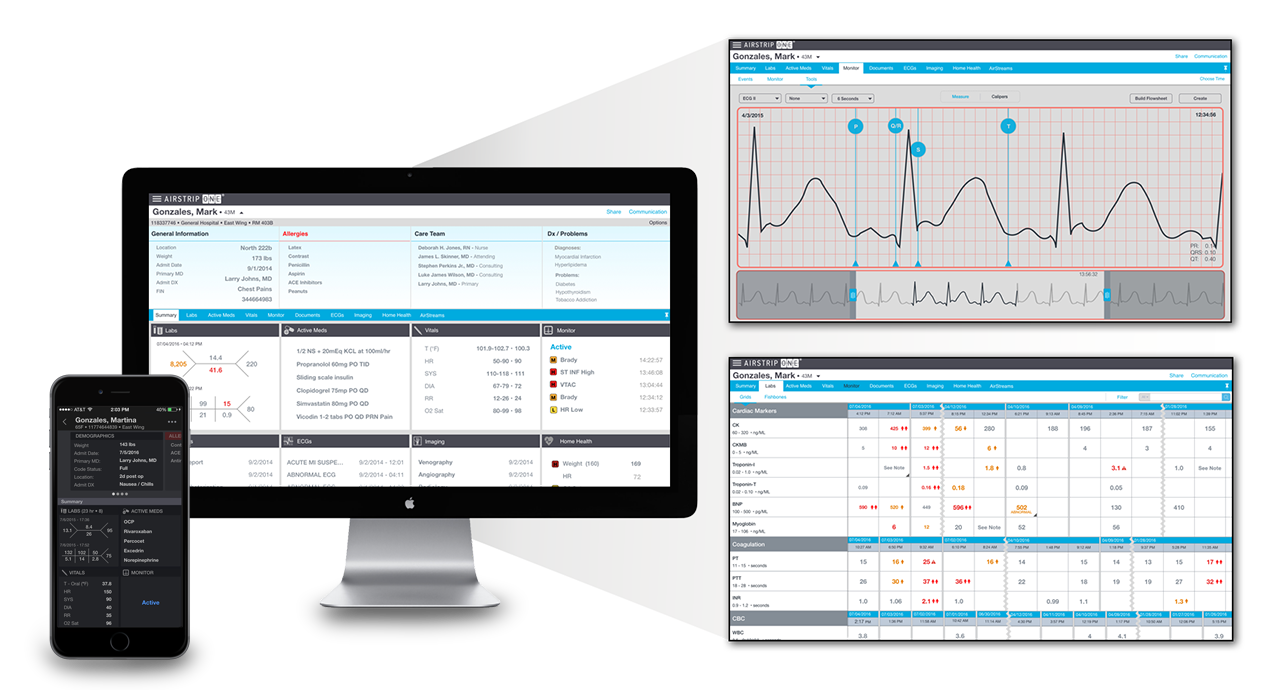One of AFMC’s recent blog posts, “Relying on A.I. Applications in the Medical Community,” discusses some of the main uses of artificial intelligence in medicine. While A.I. is pivotal to innovation, efficiency, and practice in the health care industry, the focus must remain on the patient, not the provider. Patients have begun taking charge of their health care decisions. While patients in rural areas still struggle to access health care, technological advancements have helped bridge that gap. Patients now have more control over their health care journey than before. Thus, it’s important that providers stay on top of recent trends in health care technology to remain ahead of the game.
IN THIS BLOG:
What is Mobile MIM, and how does it assist providers?
Mobile MIM is a medical imaging app that enables doctors to share and review scans from various specialties remotely, facilitating quicker consultations and reducing delays in patient care.
How does KardiaMobile support cardiac monitoring?
KardiaMobile is a personal EKG device that connects to a smartphone, allowing patients to record heart rhythms and share results with their providers, aiding in the detection of conditions like atrial fibrillation.
What features does WellDoc offer for chronic disease management?
WellDoc provides personalized coaching for managing chronic conditions such as diabetes, with real-time data sharing between patients and providers to enhance treatment adherence and outcomes.
How does Triton OR improve surgical procedures?
Triton OR is an app that accurately measures blood loss during surgery by analyzing surgical sponges and suction canisters, leading to better-informed clinical decisions in the operating room.
What is the function of AirStrip ONE in clinical settings?
AirStrip ONE consolidates patient data from various sources into a single platform, allowing clinicians to monitor vital signs and other critical information in real-time, enhancing patient care coordination.
Remote Health Monitoring Apps
Many people have at least one or two health-related apps on their phones. Apps that track a person’s daily steps or monitor sleep patterns are all over the App Store or Google Play store. Technologists have caught on to the trend and developed more sophisticated apps that monitor more critical factors. Here are five FDA-approved health care apps for providers to use in 2023.







